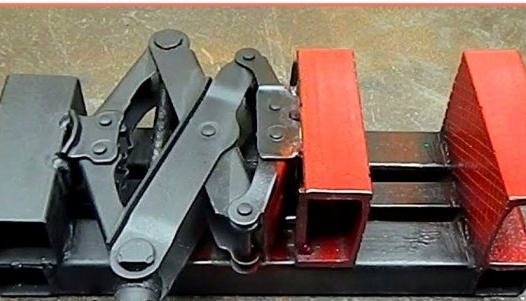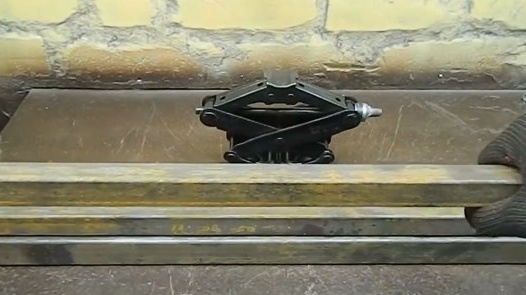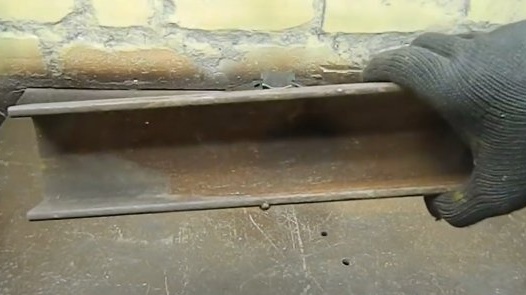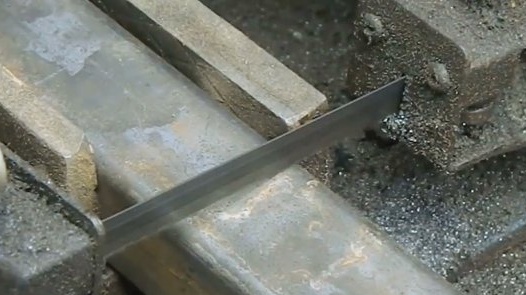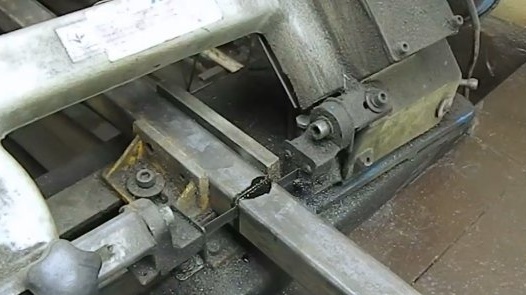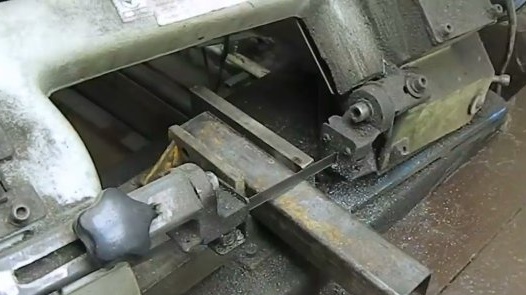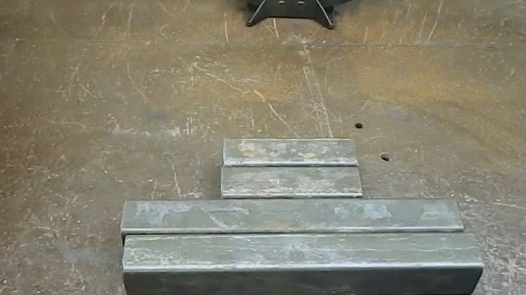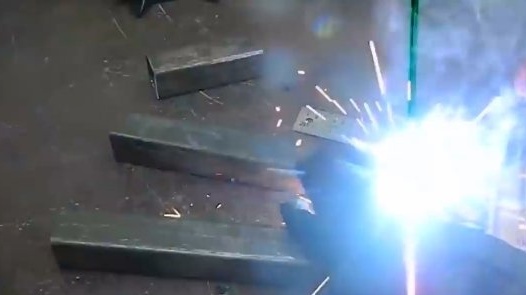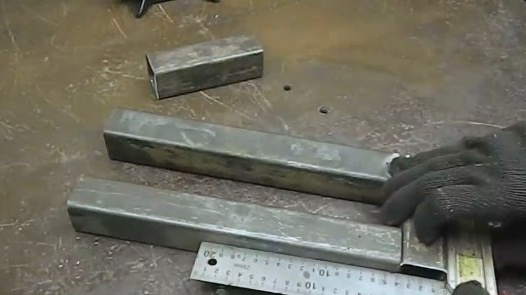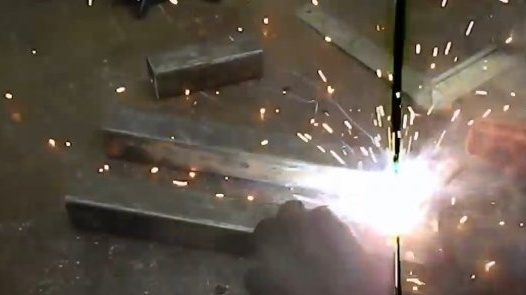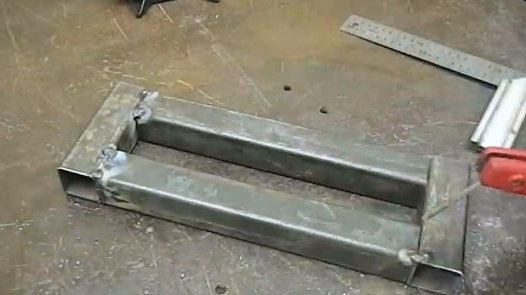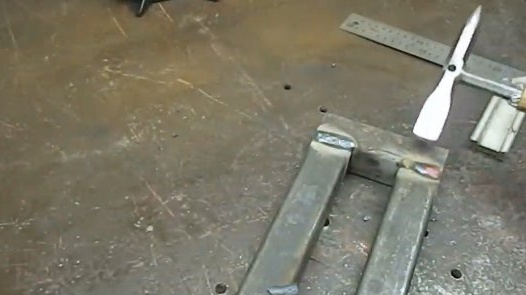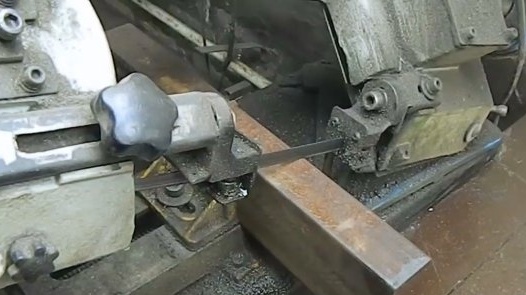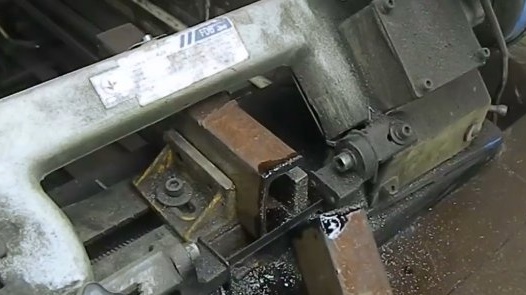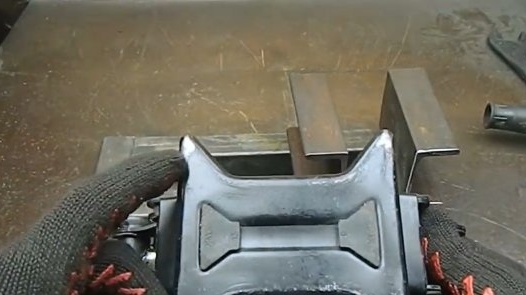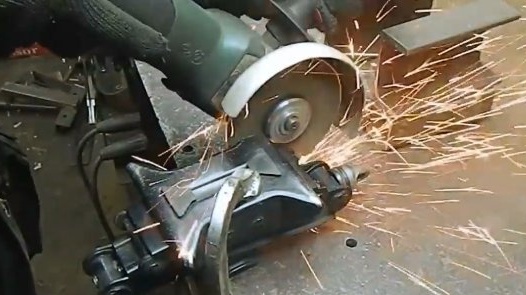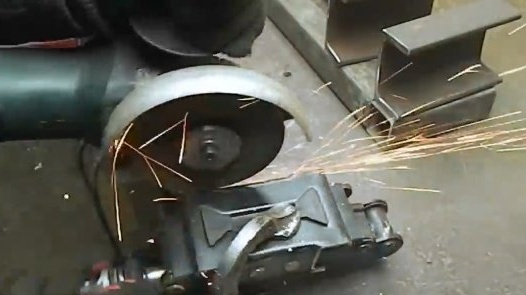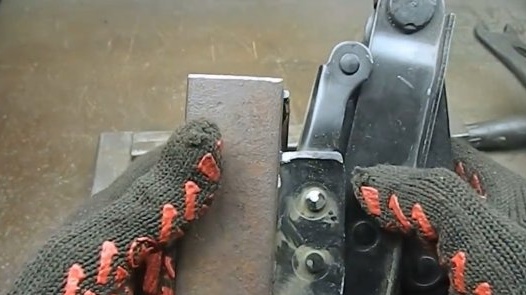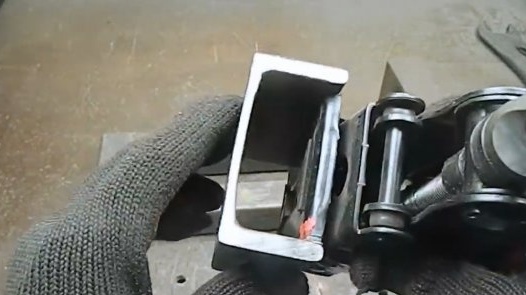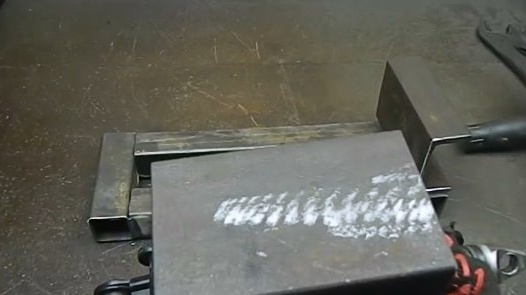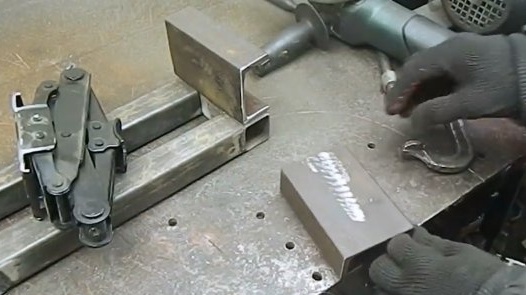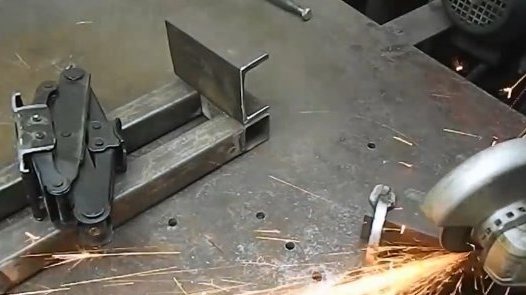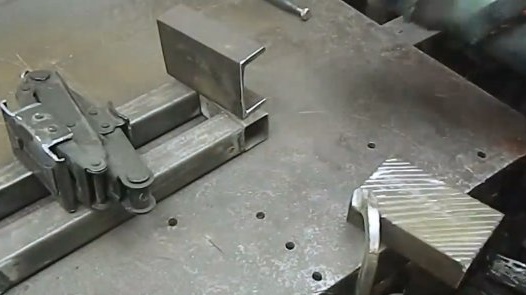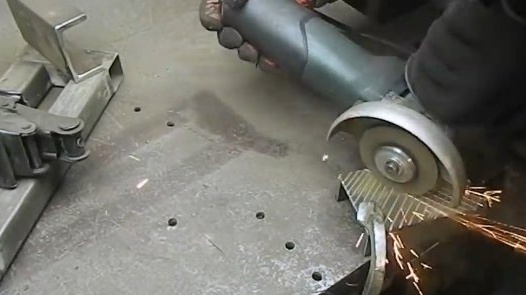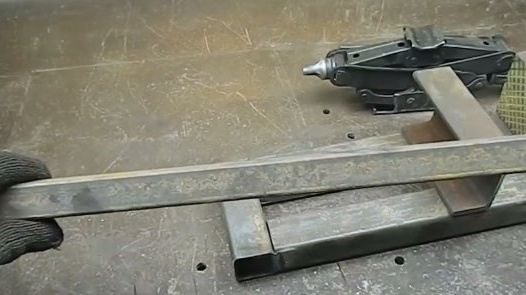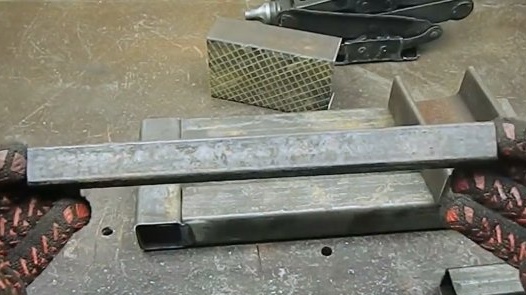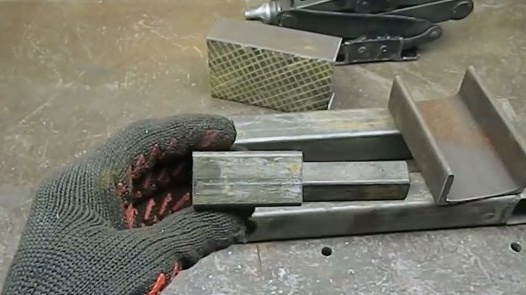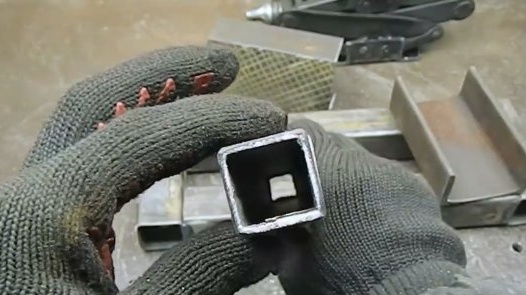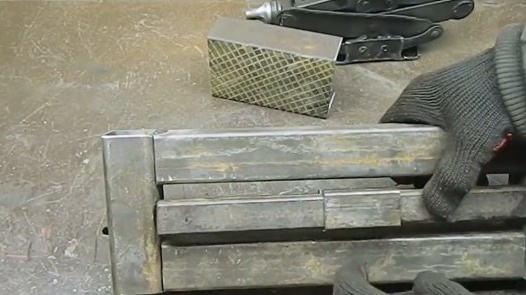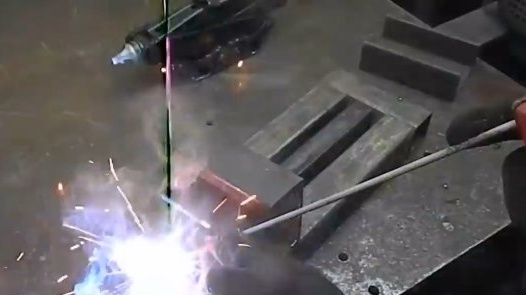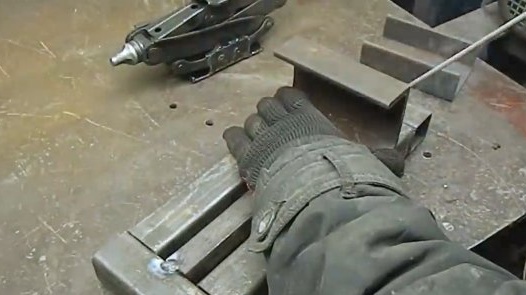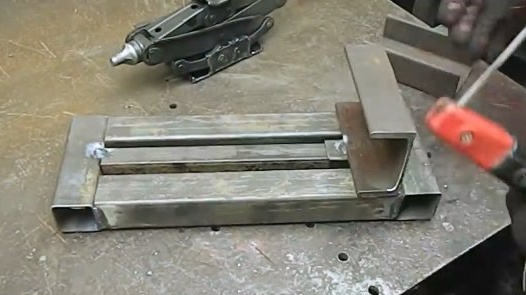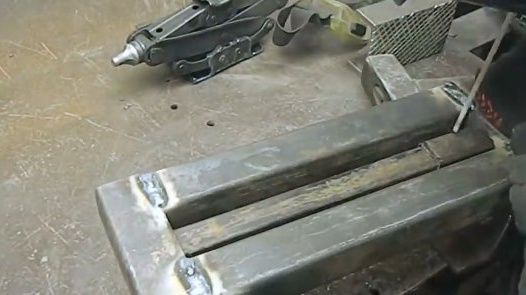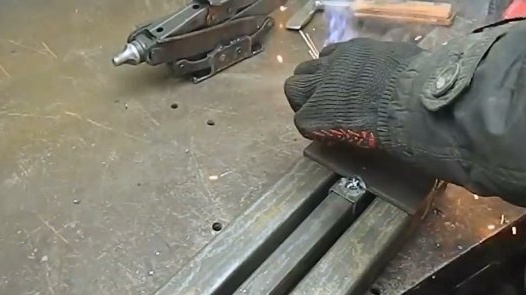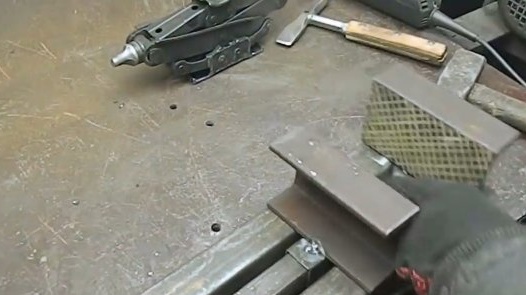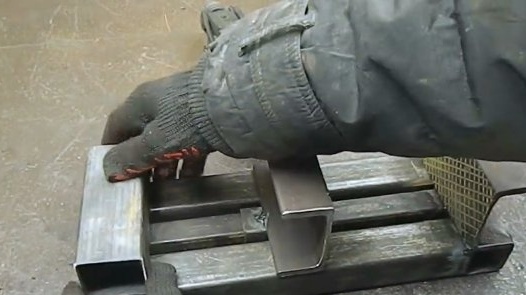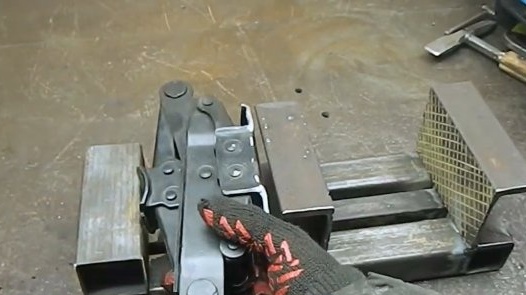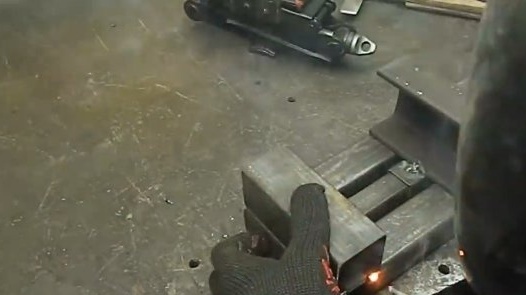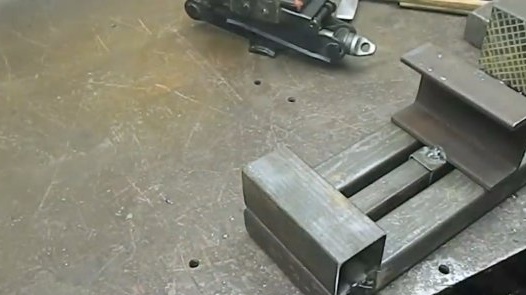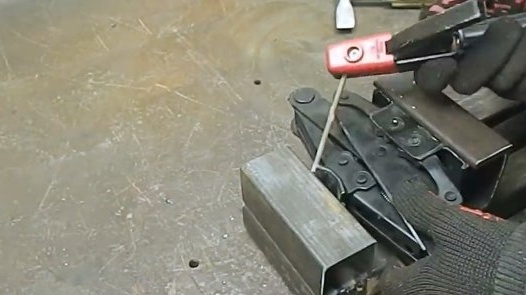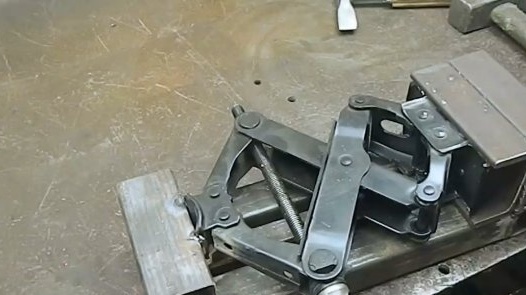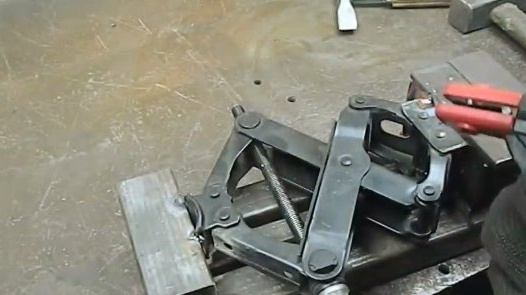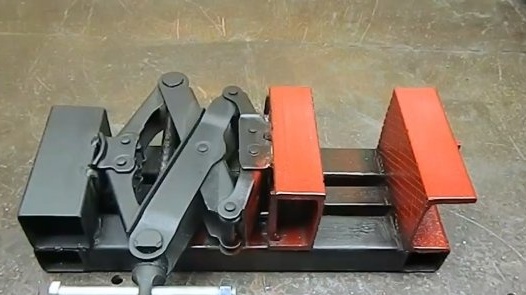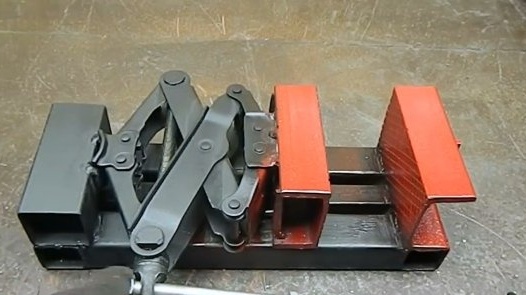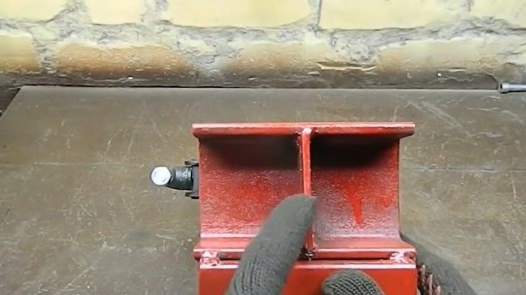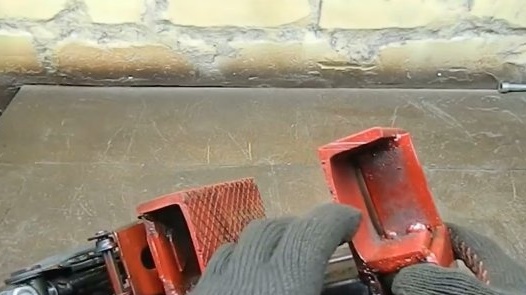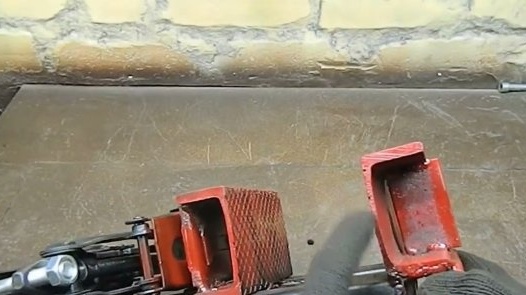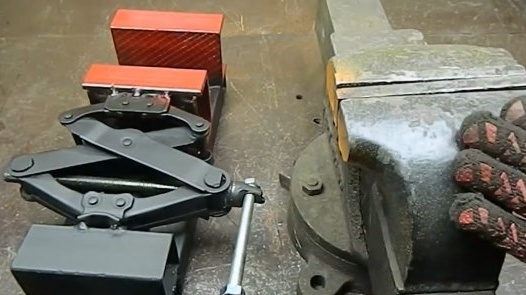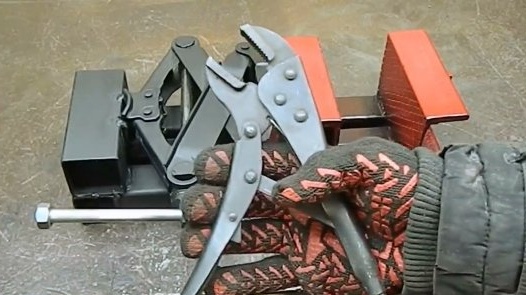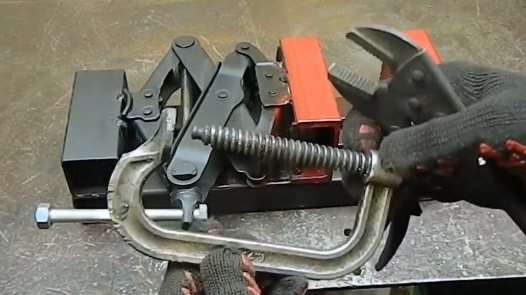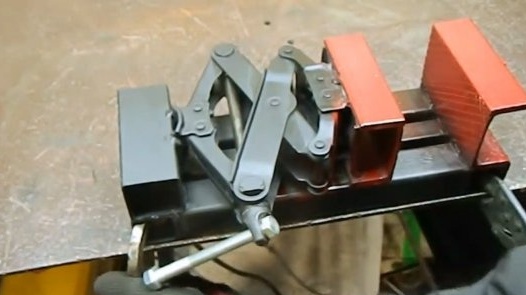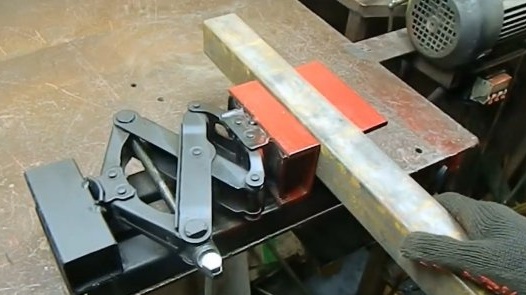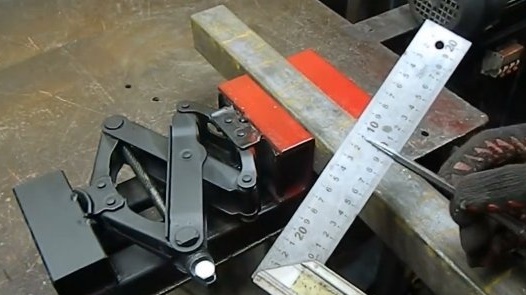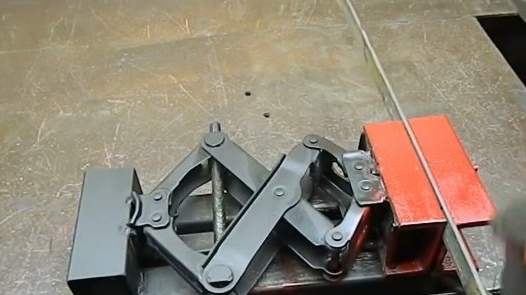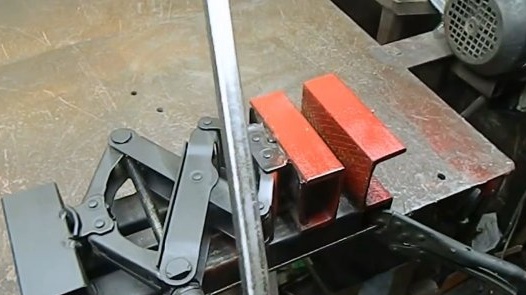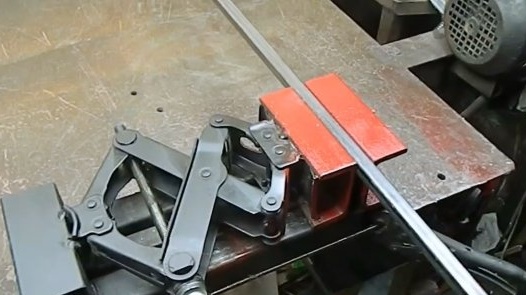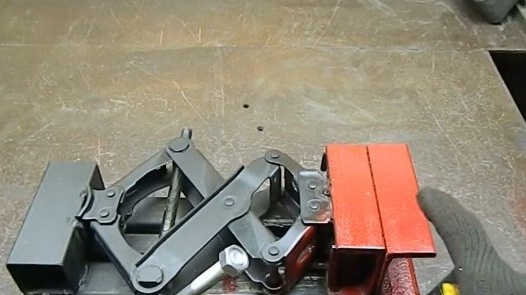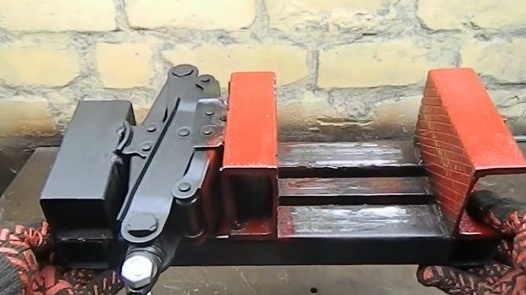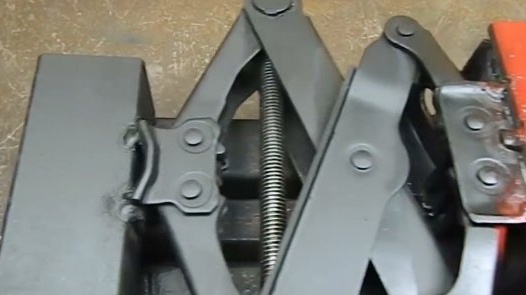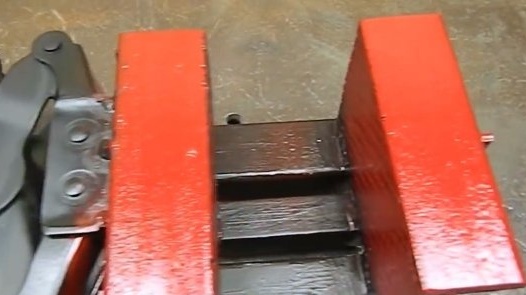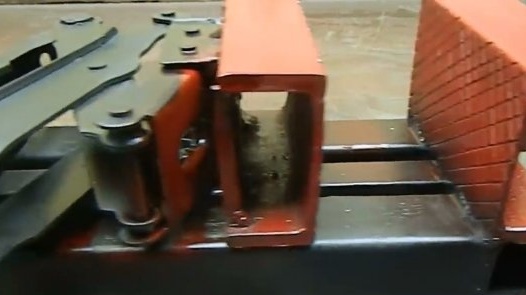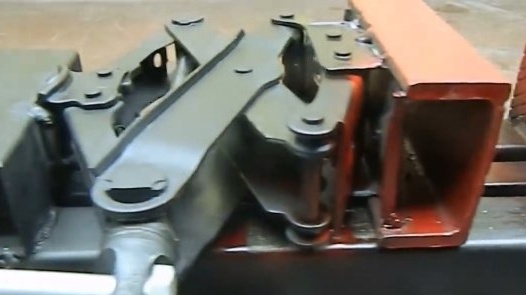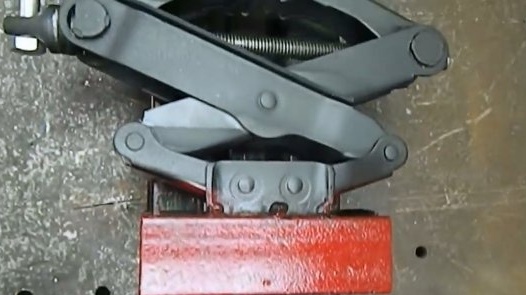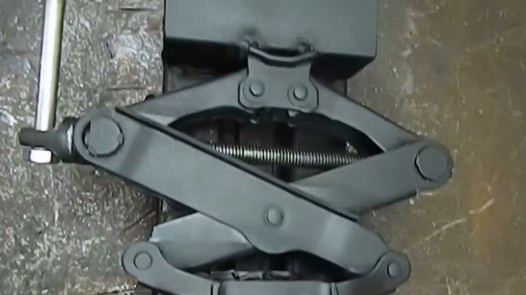In this article, the author of the YouTube channel will tell you how he made a vise from an old jack.
Materials
- Old car jack
- Profile pipes 50X50, 40X40, 30X30 and 25X25 mm
- Steel channel 100 mm
- Spray paint.
Instruments, used by the author.
- Grinder, cutting disc
- Band-saw
- Welding machine
- Grinder
- Square, core, roulette
- Vise, clamp, clamps.
Manufacturing process.
First of all, the master cuts the blanks for the frame from a profile pipe 40X40 mm.
Then it processes the ends of the workpieces on a grinder. It turns out four such blanks.
From these details, the author welds the frame for a vice, and removes the scale from the seams.
The frame is ready. Now from the 100th channel you need to cut two workpieces for sponges with a width of 140 mm.
This is what the future vise looks like beforehand.
There are ears on the base of the jack, they need to be cut so that its base fits into the workpiece for the movable sponge.
It is in this way that the base of the jack will be connected to the channel.
The author makes a notch on the working surfaces of both blanks for sponges for better fixation of the blanks. If desired, file cuttings can be screwed to them, making sponges from it.
Further, from the profile pipe 25X25, it is necessary to cut off the workpiece 290 mm.
Then, a blank of profile pipe 30X30 with a length of 55 mm will be required. The 25th pipe perfectly fits into such a workpiece, with almost no gaps. This will be part of the guide of the movable jaw.
Now you need to weld the tube in the center of the frame, not forgetting to put on the moving part. Then weld the movable and fixed jaws.
The next step is that the master cut out the support for the jack from the 50X50 pipe and welded it to the frame.
It remains only to install the jack in its place, and weld it to the stop and the movable sponge.
After painting all the parts, the vice got a finished look.
The author strengthened the fixed sponge with a spacer from the fortieth strip.
This is how a vise looks in comparison with ordinary ones.They are several times lighter and more compact.
It is possible to fix a vice on a workbench using either a clamp or clamps.
The master starts the test, and clamps the 50th pipe. Holds very tight.
You can even try to cut off the workpiece.
With the fixation of the 30th strip and the thin pipe, there are also no problems.
The full convergence of the sponges is very dense, without gaps. And the maximum size of the workpiece that can be fixed is 138 mm.
These are the original vices obtained by the author.
Thanks to the author for the simple but useful device for the workshop!
All good mood, good luck, and interesting ideas!

